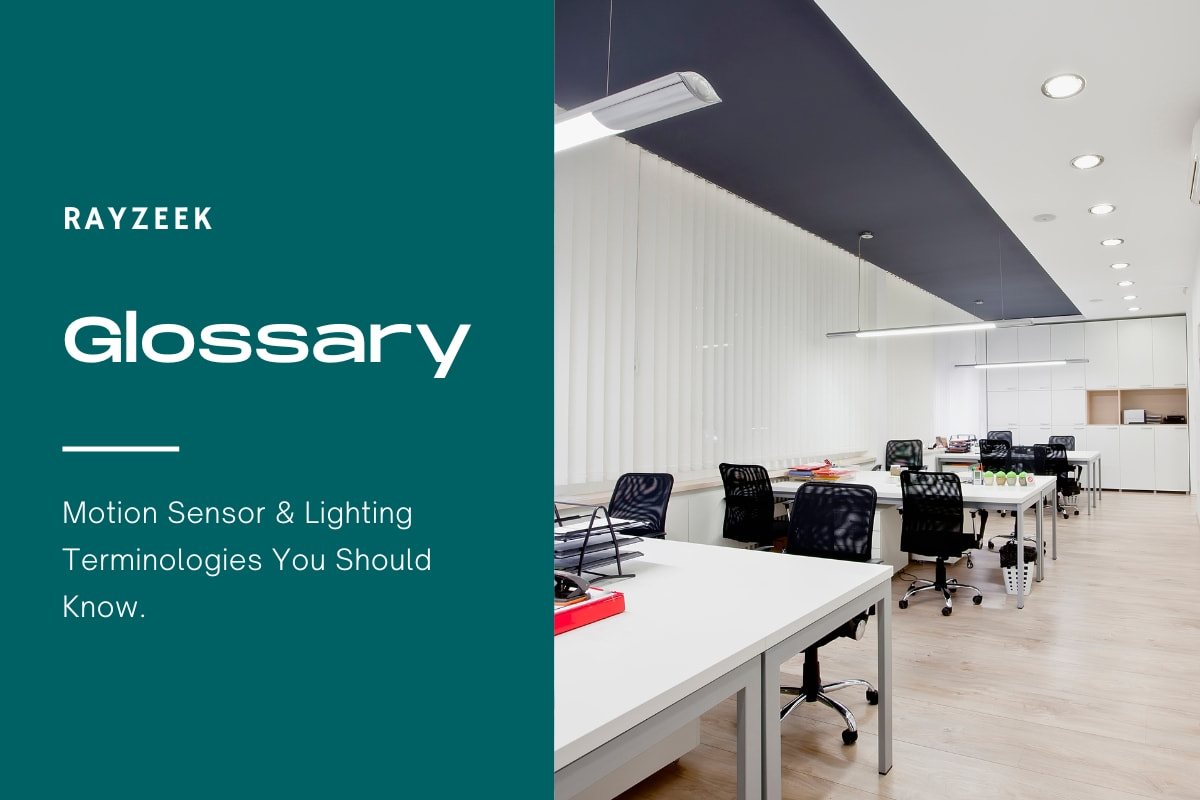What is Halogen Lamp
A halogen lamp, also known as a tungsten-halogen lamp, is a type of incandescent lamp. It is characterized by a quartz bulb and a gas filling that includes a halogen element, such as iodine or bromine. This unique construction allows halogen lamps to produce brilliant light from a compact unit. Halogen lamps were first introduced in the late 1960s and quickly gained popularity in various applications. They are commonly used in automobile headlights, underwater photography, and residential lighting due to their compact size and ability to produce bright light.
Looking For Motion-Activated Energy-Saving Solutions?
Contact us for complete PIR motion sensors, motion-activated energy-saving products, motion sensor switches, and Occupancy/Vacancy commercial solutions.
Halogen lamps have extended filament life. The halogen element combines with the tungsten evaporated from the hot filament, forming a compound that is attracted back to the filament. This process prevents the filament from deteriorating quickly, resulting in a longer lifespan compared to ordinary incandescent lamps. They also have their ability to prevent the condensation of evaporated tungsten on the bulb. This condensation can darken the bulb and reduce the light output. By utilizing the halogen gas, halogen lamps maintain their brightness and provide a consistent level of illumination.
Frequently Asked Questions
Can I Mix LED and Halogen Bulbs in Same Fixture
In theory, it is possible to combine LED and halogen bulbs in the same fixture. However, it is recommended to replace all halogen bulbs with LED for better energy efficiency. If you prefer to continue using the older halogen bulbs before transitioning completely to LED, it is understandable.
What Are the Disadvantages of Halogen Light Bulbs
Heat is one of the major drawbacks of halogen light bulbs as they emit a significant amount of heat. This excessive heat can create discomfort when sitting under halogen bulbs in areas such as kitchens, workspaces, or elevators. Additionally, there is a risk of burns if these bulbs are touched while turned on. Another disadvantage is the requirement for shielding due to the high-pressure gas used in halogen bulbs, which is necessary to prevent potential hazards in case of shattering.
Are Halogen Lights Being Phased Out
A federal regulation is set to be implemented in 2023, which will ban the sale of bulbs that have a luminous efficacy of less than 45 lumens per watt. As a result, the majority of incandescent bulbs and halogen lamps currently available in the market will be gradually phased out.
Which LED Is Closest to Halogen
Halogen lamps typically have a color temperature rating of 3000K. Therefore, if you want to achieve a similar color appearance, it would be advisable to choose an LED lamp with a 3000K color temperature rating. Alternatively, you may also consider a warmer color temperature like 2700K.
What Is the Difference Between LED and Halogen Lamps
Reliability is one key difference between LED and halogen lamps. LED lighting has a much longer bulb-life rate, ranging from 30,000 to 50,000 hours, while halogen lights average about 1500-2000 hours. Additionally, LEDs require significantly less energy compared to halogens to produce the same or even higher quality of illumination.
What Are the Disadvantages of Halogen Lighting
Halogen lighting has several drawbacks. Firstly, these bulbs emit a significant amount of heat, making it uncomfortable to be in close proximity to them, especially in areas like kitchens, workspaces, or elevators. Additionally, halogen bulbs can be hazardous to touch when they are turned on due to the high levels of heat they generate. Moreover, in most cases, halogen bulbs require some form of shielding to prevent any potential harm in the event that they shatter.
Why Were Halogen Bulbs Banned
Halogen bulbs were banned because they operate by passing an electrical current through a tungsten filament, which produces light. However, this process also heats the filament, resulting in wasted energy and making them inefficient.
Can You Put a Halogen Bulb in Any Fixture
Halogen bi-pin bulbs can only be used in fixtures that are specifically designed for their use. On the other hand, halogen screw base bulbs can be used in the same medium-based sockets as regular incandescent bulbs.
Which Is Better Halogen or Incandescent
Halogen bulbs are considered better than incandescent bulbs due to their higher luminous efficacy. Luminous efficacy is a measurement of how many lumens are produced per watt of energy, with a higher number indicating more visible light produced. For instance, glass and quartz halogens typically have a luminous efficacy of 16-24 lm/W, whereas standard incandescent bulbs with wattages ranging from 40-100 have a lower luminous efficacy of 12.6-17.5 lm/W.
Do Halogen Lights Use a Lot of Electricity
Yes, halogen lights consume a significant amount of electricity. Compared to CFL or LED bulbs, halogen bulbs are highly inefficient. In fact, recent Federal regulations have prohibited the production of numerous commonly used, high wattage halogen bulbs with standard E26 screw-in bases.









